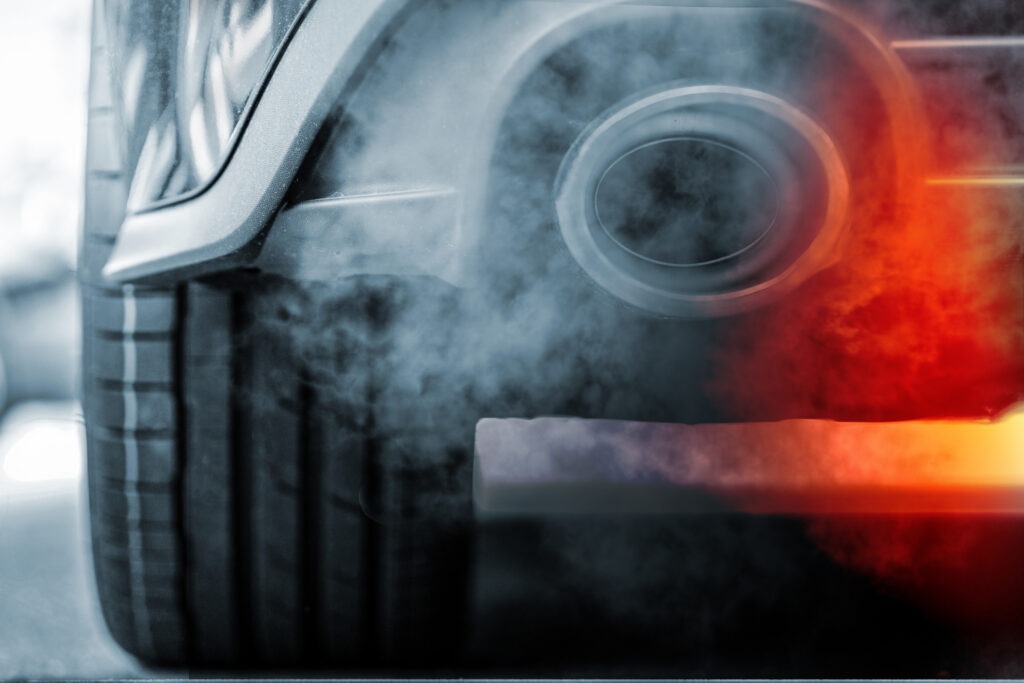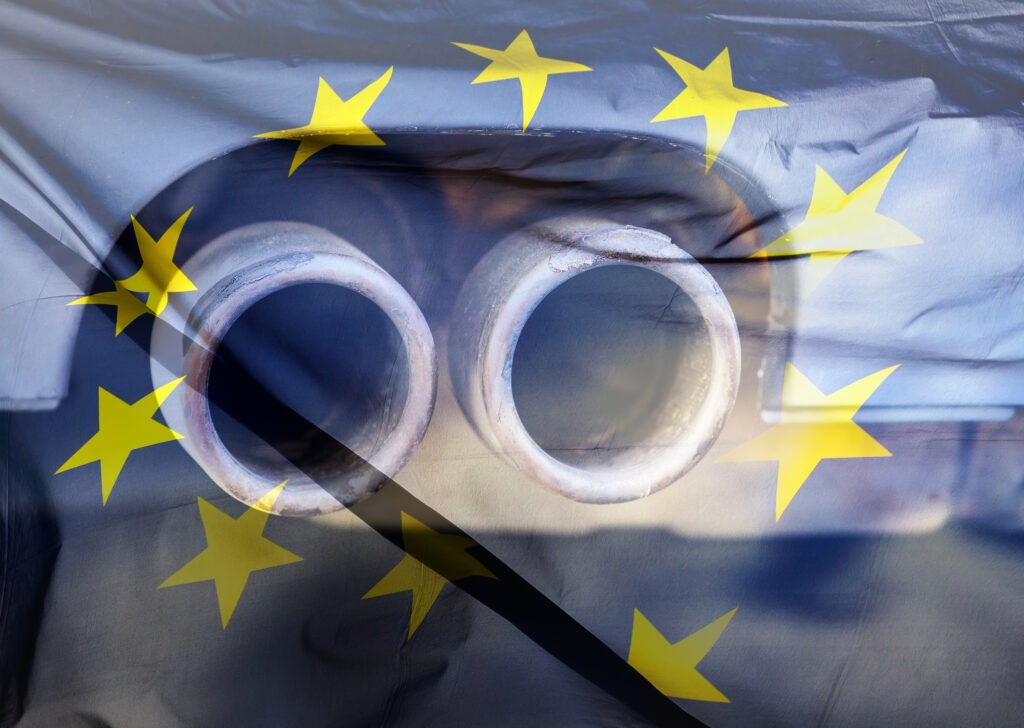What is Euro 7 and the Euro standard?
24 May 2023

While the EU pursues a ban on new petrol and diesel-car sales from 2035, its new Euro 7 standard will play an important role in reducing harmful pollutants well beyond this deadline. Phil Curry explains the changes, the benefits and how the automotive industry has reacted in this new What is? video.
Introducing Euro 7
The new Euro 7 standard has gotten lost during recent discussions about the EU’s plans for new petrol and diesel-car sales beyond 2035. So what makes these standards different?
The Euro standards place limits on vehicle emissions and regulate other areas. The key emissions covered are carbon monoxide (CO), nitrogen oxide (NOx), hydrocarbons and particulate matter (PM). They do not regulate CO2 emissions, which have their own legislative framework. Each Euro regulation is stricter than the last, meaning vehicle manufacturers must find new ways of complying.
Previous Euro standards were split between cars and vans, denoted by a number (Euro 6), and lorries and buses, which are marked with roman numerals (Euro VI). The new Euro 7 standard will bring both vehicle groups under one regulation.
For Euro 7, the EU believes that emissions reductions can be made using current technologies. Therefore, no expensive development for new devices and systems should be needed, unlike with previous iterations.
The Euro standard is responsible for introducing the catalytic converter and diesel particulate filter, as well as the discontinuation of leaded petrol. Instead, many of the new targets can be met with stricter tests, digital monitoring and increased durability checks.
Electric vehicles (EVs) are also included in the new standard, with plans to develop battery-durability checks. This is to instil consumer confidence in the technology, while also ensuring the longevity of batteries, helping to reduce the need for regular replacements and the increased use of raw materials.
Euro 7 also realises that vehicle emissions are not just related to the tailpipe. For the first time, there are requirements around particulate matter from brakes and tyres. The wear from these components can create fine particulates that are also dangerous.
Bringing all this together, the EU Commission hopes to significantly reduce levels of NOx and particulate matter when compared to Euro 6/VI. This, it hopes, will mean levels of pollutants from older vehicles will subside beyond the new-ICE ban of 2035.
Industry reacts to Euro 7
While the European Automobile Manufacturers’ Association (ACEA) welcomed the Euro 7 standard as one of the strictest in the world, it believes that the EU would do better to keep the current Euro 6/VI regulations in place until 2035.
The industry body believes that Europe’s current aging vehicle parc is the main contributor to harmful transport emissions, with three-quarters of trucks on the roads being older than Euro VI rules.
According to a study, Euro 7 will also result in higher vehicle costs, much higher than the EU Commission estimates. While the official information understand there will be a modest rise of €90 to €160 per car, and €2,600 for trucks, ACEA, quoting work by Frontier Economics, believes prices will increase by €2,000 for cars and €12,000 for trucks.
This will likely result in drivers holding on to their vehicles for longer, meaning the overall impact of Euro 7 on harmful pollutants would be negligible. For carmakers, this will lead to increased costs, with no overall gain.
‘The European auto industry is committed to further reducing emissions for the benefit of the climate, environment, and health. However, the Euro 7 proposal is simply not the right way to do this, as it would have an extremely low environmental impact at an extremely high cost,’ stated Sigrid de Vries, director general of ACEA.
‘Greater environmental and health benefits will be achieved by the transition to electrification, while at the same time replacing older vehicles on EU roads with highly efficient Euro 6/VI models.’
The Euro 7 legislation is currently with the European Parliament. A draft report from the Committee for the Environment, Public Health and Food Safety is due by mid-June, with consideration following afterward. Once adopted, Euro 7 will likely come into force during 2025.



